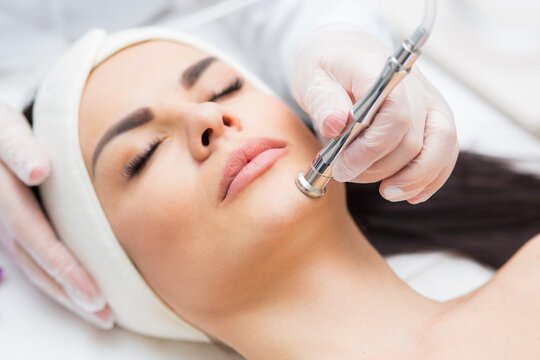Facial Waxing: A Guide to Smooth and Flawless Skin
Facial waxing is a popular method for removing unwanted hair and achieving smooth, radiant skin. This quick and effective technique targets areas like the upper lip, chin, cheeks, and eyebrows, leaving your face hair-free for weeks.

What is Facial Waxing?
Facial waxing involves applying a layer of warm or cold wax to the skin and then removing it quickly to pull hair out from the root. It’s an excellent choice for those looking for long-lasting results compared to shaving or depilatory creams.

Benefits of Facial Waxing
- Long-Lasting Results: Hair is removed from the root, meaning regrowth takes 3–6 weeks.
- Smooth Skin: Waxing not only removes hair but also exfoliates, leaving skin softer.
- Precision: Ideal for shaping eyebrows or targeting specific facial areas.
- Cost-Effective: A more affordable option compared to laser treatments.
- Reduced Regrowth Over Time: Regular waxing can weaken hair follicles, leading to finer and sparser regrowth.
Common Areas for Facial Waxing
- Eyebrows: For clean, well-defined arches.
- Upper Lip: Removes fine, dark hairs effectively.
- Chin: Targets stray or hormonal hair growth.
- Cheeks: Smooths peach fuzz for flawless makeup application.
- Hairline: Perfect for shaping or cleaning up edges.
Types of Wax for Facial Waxing
- Soft Wax: Applied thinly and removed with a cloth strip. Best for larger areas like cheeks.
- Hard Wax: Applied directly and removed without strips. Gentler on sensitive areas like the upper lip or eyebrows.
- Sugar Wax: A natural alternative made from sugar, water, and lemon juice, suitable for sensitive skin.
How to Prepare for Facial Waxing
- Grow Your Hair: Hair should be at least 1/4 inch long for effective waxing.
- Avoid Exfoliating: Skip harsh scrubs or acids 24–48 hours before waxing to prevent irritation.
- Clean Skin: Ensure your face is clean and free from makeup or oils.
- Consider Pain Relief: Apply a numbing cream or take an over-the-counter pain reliever if you’re sensitive to discomfort.
Facial Waxing Aftercare
- Avoid Touching: Keep your hands off freshly waxed areas to prevent bacteria from causing breakouts.
- Soothe the Skin: Apply aloe vera or a soothing lotion to calm redness and irritation.
- Skip Makeup: Avoid wearing makeup on waxed areas for at least 24 hours.
- No Sun Exposure: Protect your skin from direct sunlight or tanning beds for a day or two.
- Exfoliate Gently: After 48 hours, use a gentle exfoliator to prevent ingrown hairs.
Potential Side Effects
- Redness and Sensitivity: Common but temporary, usually subsiding within a few hours.
- Breakouts: Can occur if skin isn’t properly cleaned before or after waxing.
- Ingrown Hairs: Rare on the face but possible; exfoliation helps prevent them.
Who Should Avoid Facial Waxing?
- Those with active acne or severe skin conditions (e.g., eczema or rosacea).
- Individuals using retinoids, Accutane, or other skin-thinning products.
- People with extremely sensitive skin prone to irritation.
Is Facial Waxing Right for You?
Facial waxing is suitable for most skin types and is a great option for those seeking smooth, hair-free skin with minimal maintenance. However, if you have sensitive skin or are prone to redness, consult a professional for advice on the best waxing method or alternatives like threading or sugaring.
Conclusion
Facial waxing is an effective way to achieve a polished, hair-free look while enjoying the confidence of silky-smooth skin. With proper preparation and aftercare, you can minimize discomfort and maximize results.
Ready to try facial waxing? Book a session with a professional for the best experience and get ready to glow! ✨
